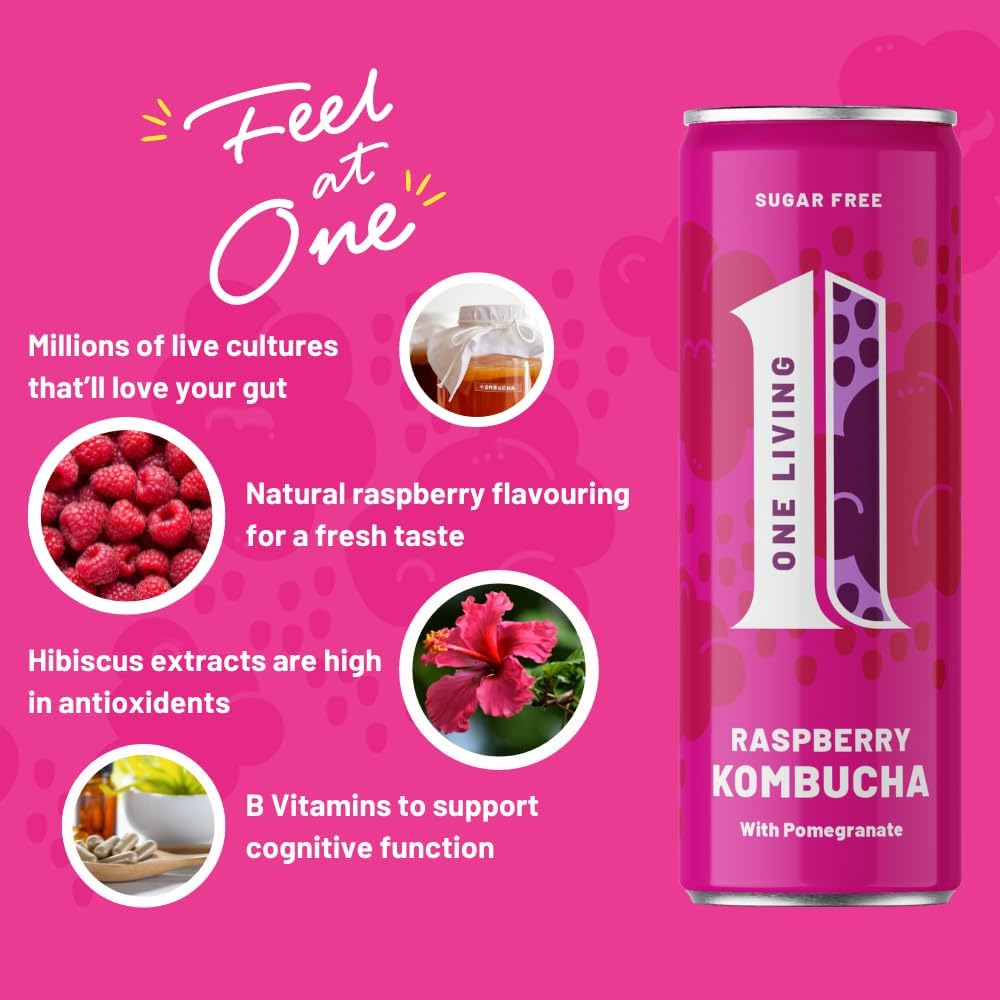Simple Tips to Help You Give Up Smoking

Unlike the 1940s (when most people smoked), today just over 11% of people in England smoke cigarettes. This still translates to around 6 million people. Smoking is obviously not good for your health, but also is expensive and causes immense amounts of cigarette litter.
When cigarette butts are discarded, they fall down storm drains and go into the sea, where the mix of chemicals and plastic cause harm to marine wildlife. Discarded butts can also cause fires (and wildfires – a butt on dry land is like putting a match to paper).
If you smoke, invest in a small personal ashtray. This immediately extinguishes cigarettes until you find a bin, preventing litter and fires. Charcoal purifying bags can absorb and remove odours from homes and cars, without need for chemical air fresheners.
Just like cigarettes, vets recommend to keep vaping equipment (e-cigarettes and refill containers) away from pets. All shops that sell vapes must by law take old ones back for recycling (they are fire hazards when littered).
Reasons to Give Up Smoking
Smoking is the world’s leading cause of premature death, with tobacco ending up killing half its users (around 8 million people each year). Around 1.2 million of those deaths are from passive smoking. The main health risks of smoking cigarettes are:
- Lung and oral cancer
- Heart disease and stroke
- Blood clots
- Tooth and gum decay
- Wrinkled skin
Which Countries Smoke the Most and Least?
80% of the world’s 1.3 billion smokers live in countries with poor economic health. The countries with the highest percentage of smokers are:
Nauru. This is the world’s third smallest country, an island in Oceania with one of the world’s highest levels of obesity. Due to having to import processed food, its own land depleted by phosphate mining. It only has 200 tourists a year despite being so remote, and being home to beautiful sandy beaches, northeast of Australia.
Papua New Guinea and the Solomon Islands (in the South Pacific) and many countries in Asia (Myanmar, Indonesia and East Timor) also have high smoking populations, as do Jordan, Croatia, Bulgaria and Andorra (a tiny country next door to Spain).
Countries that smoke the least by ratio are mostly in Scandinavia:
- Sweden, Norway and Finland
- Iceland (not in Scandinavia, but nearby)
- Luxembourg
It’s interesting that despite the high cost of cigarettes, most people who smoke are on low incomes and/or unemployed. We can see above that one of the lowest rates of smoking is in Luxembourg, one of the world’s wealthiest countries.
This could be often that there is a feeling of ‘nothing much to do’, in a culture where to ‘go and have a fag’ is deemed something interesting.
One good turn of events recently is that rather than 20 years ago (when young girls and boys aspired to idolise anorexic-looking teenage models who lived on cigarettes and bottled water) is that they now have better role models:
Think of the Lionesses or tennis player Emma Raducanu – all fit and healthy young women, who without a doubt don’t smoke, as they would not be able to play top professional level sport.
More than half of all people who smoke wish to quit. And most within the next few months. So it’s not behaviour that is wished to continue, for most people.
What are Cigarettes Made Of?
Cigarettes are basically a mix of tobacco and contain nicotine (a deadly poison in its pure form). UK law allows for around 600 additives including humectants to prolong shelf life, sugar and flavourings.
Filters are made from cellulose acetate (plastic) to cool the smoke for easier inhalation, and may contain lower tar, but has been proven to be no safer than regular tar. Plus of course they are wrapped in boxes that contain plastic.
Why Is Giving Up Smoking So Difficult?
So if half of all smokers wish to quit, why can’t they? They would transform their health and looks, save a colossal amount of money, and it’s better for the planet and also reduces fire risks.
It’s also increasingly anti-social in a society that does not like smoking (although vaping seems to have taken over, more on that below).
The reasons are simple and twofold: nicotine (a highly addictive substance). And habit (peer pressure included). So the ways to give up smoking are actually pretty simple:
- Give up! This is why nicotine patches rarely work, as having a ‘little nicotine’ is a bit like giving an alcohol a sip of whisky. You have to get the nicotine out of your system, for your body to stop the cravings.
- Self-care. This is a better term than ‘willpower’. Just by forming new habits that protect your health and creating a healthier lifestyle, is often the best way to reduce the urge to smoke cigarettes.
The average price of a packet of 20 cigarettes is now around £16. For someone who smokes 20 cigarettes a day, that’s over £100 a week.
That’s £5000 a year – make a list of the things you could do with that money – a deposit (and furnishings) for a nice new home? What other ideas can you think of?
Practical Tips to Quit Smoking

Forget all the nonsense about setting a quit date or making New Year resolutions. None of that works. Giving up smoking is simply about building new habits, so that you no longer practice a lifestyle conducive to smoking.
Then once you quit, within days and weeks, your body’s need for nicotine will reduce. If you feel stressed, then look at other ways of winding down: cook a nice meal, go for a nature walk or go for a swim.
Learn to cook healthy meals, and take a supplement to ensure you have vitamins and minerals to help your nerves and rebalance your nutrition.
Exercise also releases endorphins, which lift your mood without nicotine. Physical activity also helps manage weight, a concern for many who quit smoking.
If you associate smoking with certain places or activities, try changing your routine. Stay away from smoke-filled environments and find activities that don’t tempt you. Take up an evening class to learn French, instead of visiting the pub (with outside smokers) each night.
This is why Allen Carr’s Easyway method is so successful (yet not available on the NHS, despite trying to be). It’s a kind of self-hypnosis program (founded by a man who used to smoke 60 cigarettes a day) that basically teaches you to remember when you never smoked.
When you were 10, you (likely) did not smoke. Even if you felt stressed. And many adults who don’t smoke are also stressed, but they don’t need cigarettes. So the program kind of retrains your mind and lifestyle to be the same. The program also offers a method to those addicted to vaping.
Chewing gum is not really the answer either (it has its own health issues, and most gum contains pet-lethal xylitol, which harms dogs and other creatures, when littered on the ground).
If you do chew gum, use a personal gumdrop bin (that is sent off for recycling). Or chew organic mints instead!
The Quick Benefits of Giving Up Smoking

NHS Quit Smoking website has a good chart to inspire, on the quick benefits to your body, when you give up smoking (or vaping):
- After 20 minutes: your pulse rate returns to normal.
- After 8 hours: Your oxygen levels start to recover, carbon monoxide levels in blood reduce by half.
- After 48 hours: Carbon monoxide levels are that of a non-smoker, lunges start clearing mucous to return taste and smell to normal
- After 72 hours: Breathing is easier, and energy increasesz
- After 2 to 12 weeks: Heart and circulation improves
- After 3 to 9 months: Most coughs, wheezing and breathing problems improve, lung function increases by up to 10%
- After 1 year: Risk of a heart attack has halved.
- After 10 years: Lung cancer risk has halved.
Who Grows Tobacco for Cigarettes?
The tobacco industry makes huge profits (around £600 billion a year). And most brands of cigarettes are tested on animals (something that does not even bear thinking about).
Despite huge food insecurity worldwide, many companies pay farmers to grow tobacco instead. Grown as a cash crop in over 120 countries, the top growers are in China, India and Brazil.
25% of farmers absorb tobacco through the leaves into their skin and get nicotine poisoning (the typical farmer ‘smokes’ the equivalent of 50 cigarettes a day). Tobacco growing also creates around 5% of worldwide deforestation.
Unlike us, the farmer has no choice. So campaigners want to support such farmers to grow food on the same land, for the same or more income (the same idea is happening in the drug industry, encouraging farmers to switch from growing opium for heroin, to roses for the flower industry).
World Health Organisation wants farmers in debt to receive micro-financing to transition over. This is happening in Kenya, where hundreds of farmers have switched to planting beans as alternative crops.
Is Vaping Less Harmful than Smoking?
Not to the planet, it isn’t, with millions of vapes now littered across England. All shops that sell vapes have to take old ones back for recycling, so do so, rather than bin them or litter them.
Although vaping has slightly less health risks than smoking cigarettes, they are not harmless. Most still contain nicotine and chemicals, and can cause lung damage. They also can cause issues with passive smoking, just like nicotine cigarettes.
The main question would be ‘why do so many people vape?’ Each town now has boring vaping shops, just like towns over-run with mobile phone shops. The UK now has over 4.5 million vapers, and 3000 vape shops. Young people in particular are taking up vaping at alarming rates.
Yet again, it still goes back to lifestyle. Football players and tennis stars don’t vape. If you follow an interesting and healthy lifestyle, there’s no need to vape. It’s expensive, addictive and still bad for your health and the environment (again they contain plastic that remains ‘forever waste’).
Again like cigarette smoking, it’s been found that financially deprived areas have way more vape shops than affluent areas, it’s more a lifestyle habit, than anything else. Nothing going on to do? Then vape. Live an interesting life to do good and have fun? Then vape shops would not exist.
How sad that English high streets have now gone from hardware stores, independent chemists and greengrocers, to vape shops, mobile phone shops and animal-testing charity shops.
Vaping addiction is like treating a patient who has stopped heroin. But wants to inject himself with an empty needle. Dr Sharon Levy
Our estimate is that the e-cigarette is probably in the order of 99% less harmful than smoking. Prof Carl Phillips
Still Smoking? Choose Greener Brands
If you don’t wish to quite smoking right now, Smokey Treats at least use filters made from unbleached wood pulp, unbleached paper and with compostable outer wrap. Presently sold in Germany and South Africa, but soon elsewhere. Greenbutts make biodegradable cigarette filters.
How Councils Can educe Cigarette Litter
- Promote TakeTray (a fab Swiss invention). These can be sold in your town, paid for by advertisers.
- Ballot Bin encourages smokers to ‘vote’ answers to a fun question by putting their butts in the preferred slot. The bins are then emptied, and questions updated. A bit silly, but apparently reduces cigarette litter by 73%.
- No Butts offers smoking shelters that are designed for butts not to fly away in the wind. Made in Dorset, they provide all-year weather protection, discouraging smoking at building entrances (which can minimise risk of fire, from discarded butts).
Many countries now have stringent measures in place. In Costa Rica, you can only really smoke in your own home, and The Netherlands has brought in strict measures to stop advertising of tobacco (smokers in offices have to visit designated places, rather than just ‘go outside’ to smoke).





